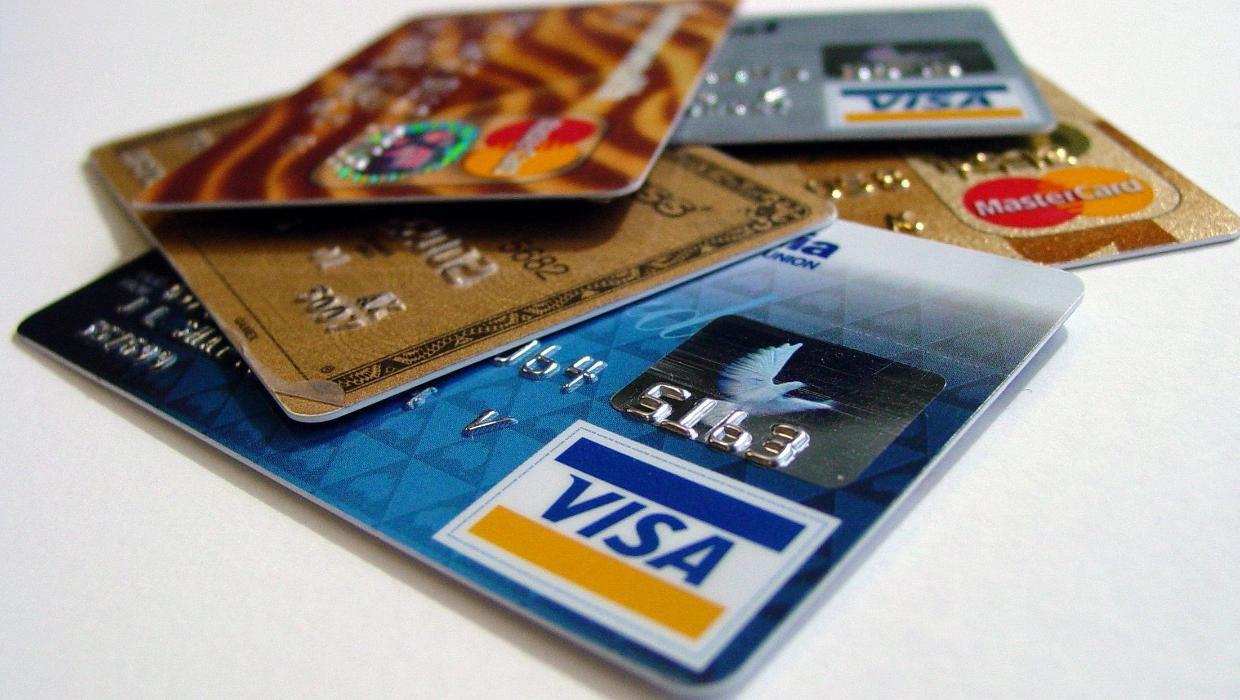Lifestyle
Consumers Continue to Indulge in Luxuries Despite Rising Costs

As the global cost of living increases, consumers are still willing to spend on luxury items, showcasing a notable resilience in the luxury goods market. According to a report by the Financial Times, readers have shared insights into the types of luxuries they continue to purchase, even as they manage tighter budgets.
Shifts in Consumer Priorities
Despite financial pressures, many individuals are prioritizing specific luxury goods. The report highlights that items such as high-end skincare products and premium gourmet foods remain popular among consumers. For instance, a significant number of respondents mentioned indulging in skincare treatments that promise quality and effectiveness. One consumer from London stated, “I may cut back on dining out, but I won’t compromise on my skincare routine.”
Additionally, luxury brands are adapting to changing consumer habits. Many are offering exclusive experiences or limited edition products that appeal to a market seeking both quality and uniqueness. This shift reflects a broader trend where consumers prefer to invest in fewer, higher-quality items rather than bulk purchases of less expensive goods.
Luxury Spending Trends Across Regions
The willingness to spend on luxury items is not limited to one region. Consumers from various countries, including Australia and Canada, reported similar trends. In Australia, a survey conducted in early March 2024 revealed that approximately 35% of respondents plan to maintain or increase their spending on luxury goods in the coming months.
In Canada, the luxury market has seen a steady increase in sales, particularly in sectors like fashion and jewelry. Local retailers are noticing a shift where customers are opting for premium brands, valuing craftsmanship and brand heritage over cheaper alternatives. This trend indicates a significant shift in consumer mindset, where quality takes precedence even in uncertain economic times.
The resilience of the luxury market amid rising costs may indicate a broader economic pattern. While many are feeling the pinch, the desire for indulgence persists, suggesting that luxury spending could be a key indicator of consumer confidence moving forward.
In conclusion, as financial challenges continue to impact daily living expenses, the ongoing investment in luxury goods underscores a complex relationship between consumer behavior and economic pressures. The willingness to prioritize luxury items, as detailed by insights from consumers around the world, illustrates a nuanced approach to spending in today’s economy.
-

 World4 months ago
World4 months agoTest Your Knowledge: Take the Herald’s Afternoon Quiz Today
-

 Sports4 months ago
Sports4 months agoPM Faces Backlash from Fans During Netball Trophy Ceremony
-

 Lifestyle4 months ago
Lifestyle4 months agoDunedin Designers Win Top Award at Hokonui Fashion Event
-

 Entertainment4 months ago
Entertainment4 months agoExperience the Excitement of ‘Chief of War’ in Oʻahu
-

 Sports4 months ago
Sports4 months agoLiam Lawson Launches New Era for Racing Bulls with Strong Start
-

 World5 months ago
World5 months agoCoalition Forms to Preserve Māori Wards in Hawke’s Bay
-

 Lifestyle4 months ago
Lifestyle4 months agoDisney Fan Reveals Dress Code Tips for Park Visitors
-

 Health4 months ago
Health4 months agoWalking Faster Offers Major Health Benefits for Older Adults
-

 Politics4 months ago
Politics4 months agoScots Rally with Humor and Music to Protest Trump’s Visit
-

 Top Stories5 months ago
Top Stories5 months agoUK and India Finalize Trade Deal to Boost Economic Ties
-

 Health2 months ago
Health2 months agoRadio Host Jay-Jay Feeney’s Partner Secures Visa to Stay in NZ
-

 World5 months ago
World5 months agoHuntly Begins Water Pipe Flushing to Resolve Brown Water Issue









